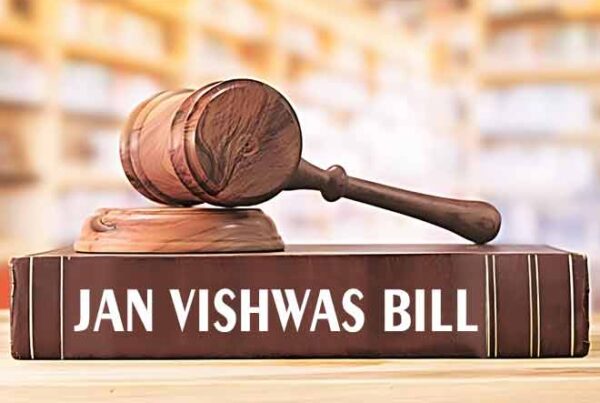The establishment of the Debt Recovery Tribunal (DRT) and further enactment of the Securitisation and Reconstruction of Financial Assets and Enforcement of Security Interest Act, 2002 (SARFAESI Act) was a step to empower the bank to recover their bona fide dues in a efficient manner without much intervention of the Courts. These steps did have a positive effect on recoveries and narrowed down the procedure which once used to be complex and had very low success rate. Before the arrival of the SARFESI Act and constitution of DRT the banks had to face multiple challenges in order to recover their rightful money from the Borrower.

Although the remodelling of the whole procedure is a boon for the banks but it does impose certain conditions just like any other special statue. Like, the SARFAESI Act guarantees quick recovery but at the same time its provisions do not apply in certain conditions. Section 31 of the SARFESI Act with the short title “Provision of this Act not to apply in certain cases” restricts the SARFESI Act proceedings in certain situations. Section 31 of the SARFESI Act states –
“31. Provision of this Act not to apply in certain cases –
The provisions of this Act shall not apply to—
(a) a lien on any goods, money or security given by or under the Indian Contract Act, 1872 (9 of 1872; or the Sale of Goods Act, 1930 (3 of 1930) or any other law for the time being in force;
(b) a pledge of movables within the meaning of section 172 of the Indian Contract Act, 1872 (9 of 1872);
(c) creation of any security in any aircraft as defined in clause (1) of section 2 of the Aircraft Act, 1934 (24 of 1934);
(d) creation of security interest in any vessel as defined in clause (55) of section 3 of the Merchant Shipping Act, 1958 (44 of 1958);
(e) any conditional sale, hire-purchase or lease or any other contract in which no security interest has been created;
(f) any rights of unpaid seller under section 47 of the Sale of Goods Act, 1930 (3 of 1930);
(g) any properties not liable to attachment (excluding the properties specifically charged with the debt recoverable under this Act) or sale under the first proviso to sub-section (1) of section 60 of the Code of Civil Procedure, 1908 (5 of 1908);
(h) any security interest for securing repayment of any financial asset not exceeding one lakh rupees;
(i) any security interest created in agricultural land;
(j) any case in which the amount due is less than twenty per cent of the principal amount and interest thereon.”
For instance if the total due loan amount from a borrower in any case is less than twenty per cent of the principal amount and interest therein, then the provision of SARFAESI will not apply and the bank cannot proceed under the Act (Section 31(j)). The extent of this sub-clause is such that even if the proceedings have been initiated under the SARFAESI Act for example if a demand notice under Section 13(2) has been issued by the bank against the borrower but the borrower then pays the due to an extent that the due amount is less than twenty per cent of the principal amount and interest therein then the bank cannot proceed further under the SARFAESI Act and any such proceeding would be rendered void.[i] This is one among the other nine clauses of the Section 31 that the banks have to keep in mind while initiating proceedings under the Act.
[i] Renu Gupta & Another vs Debt Recovery Tribunal-Ii on 27 May, 2013



